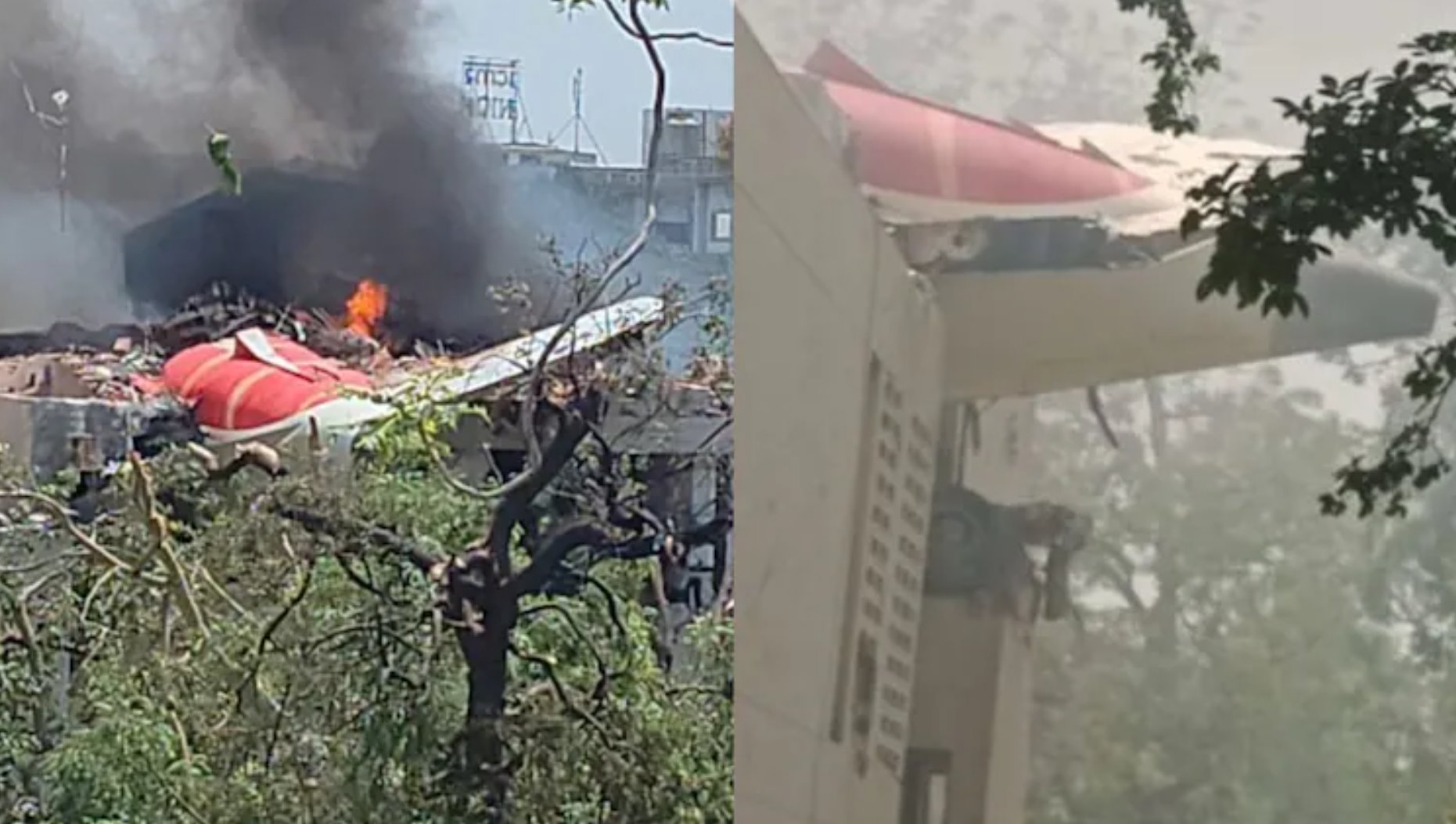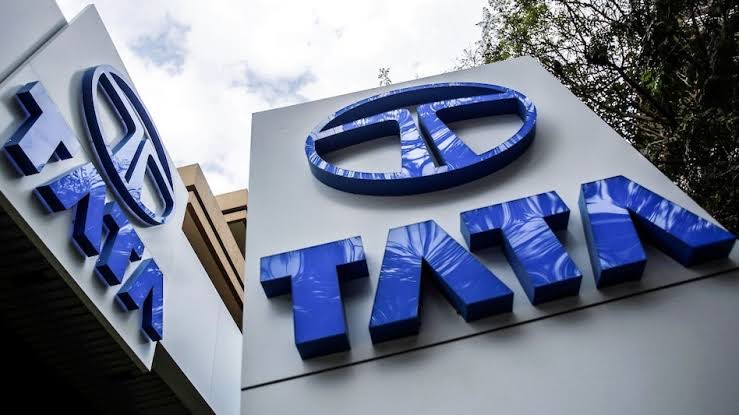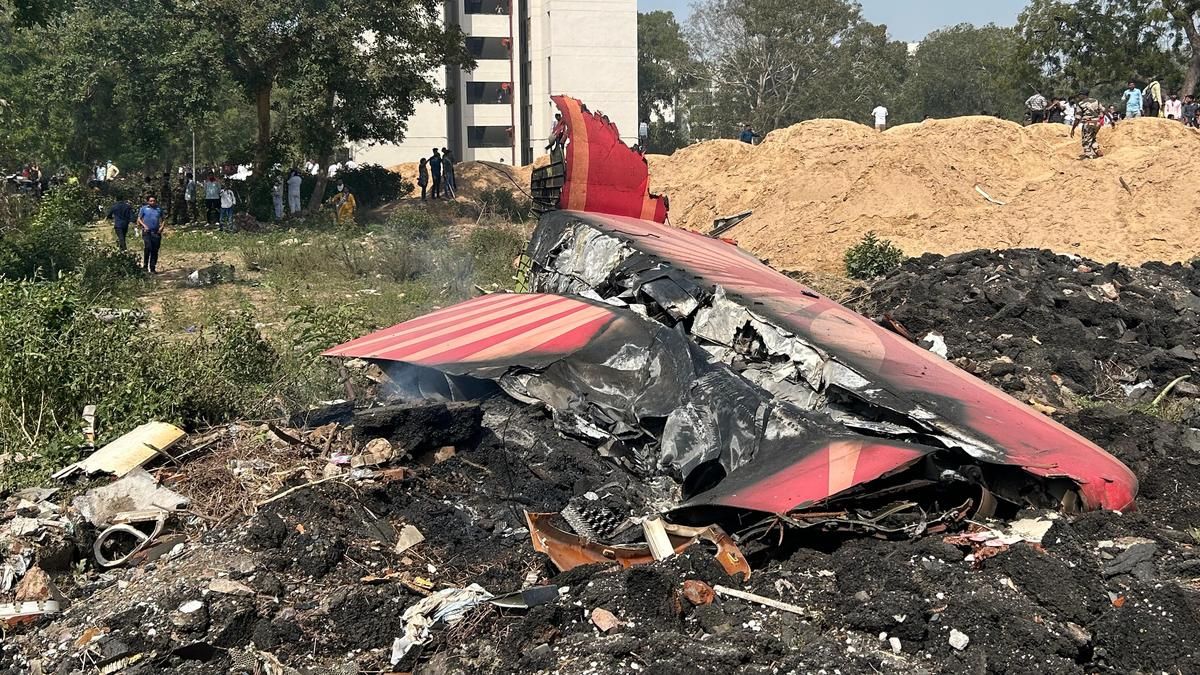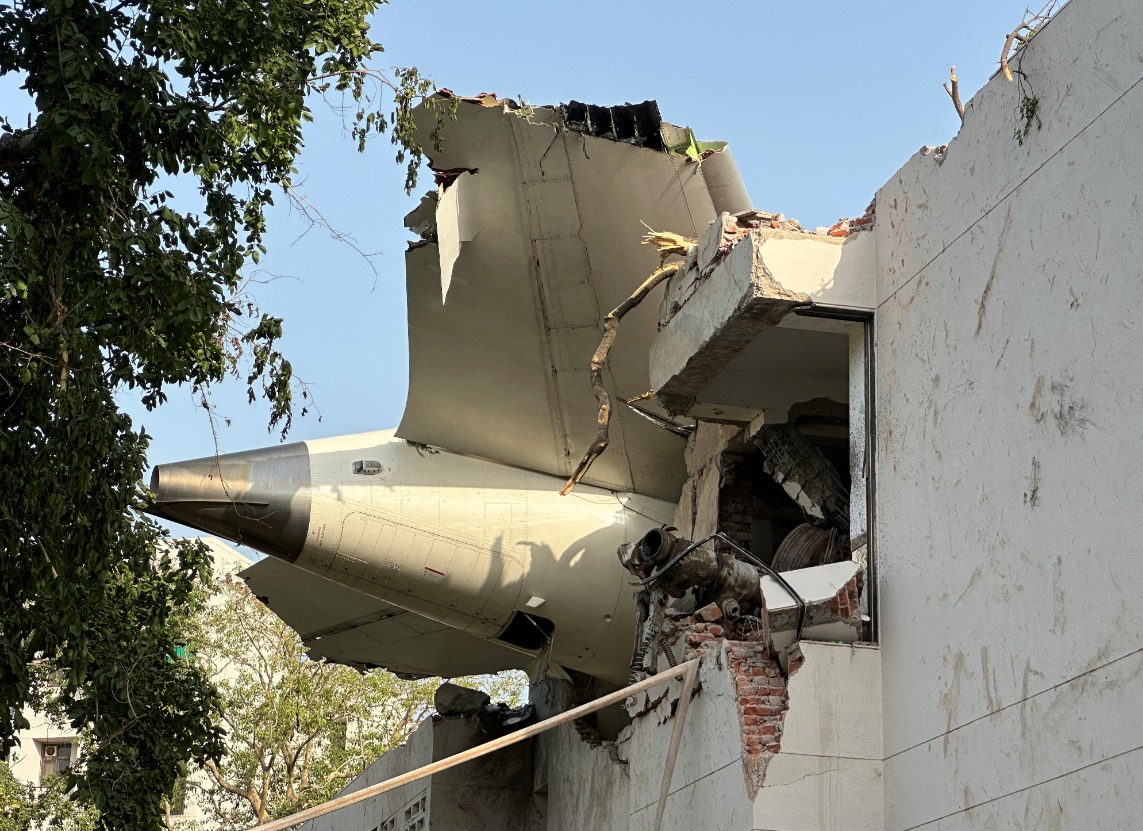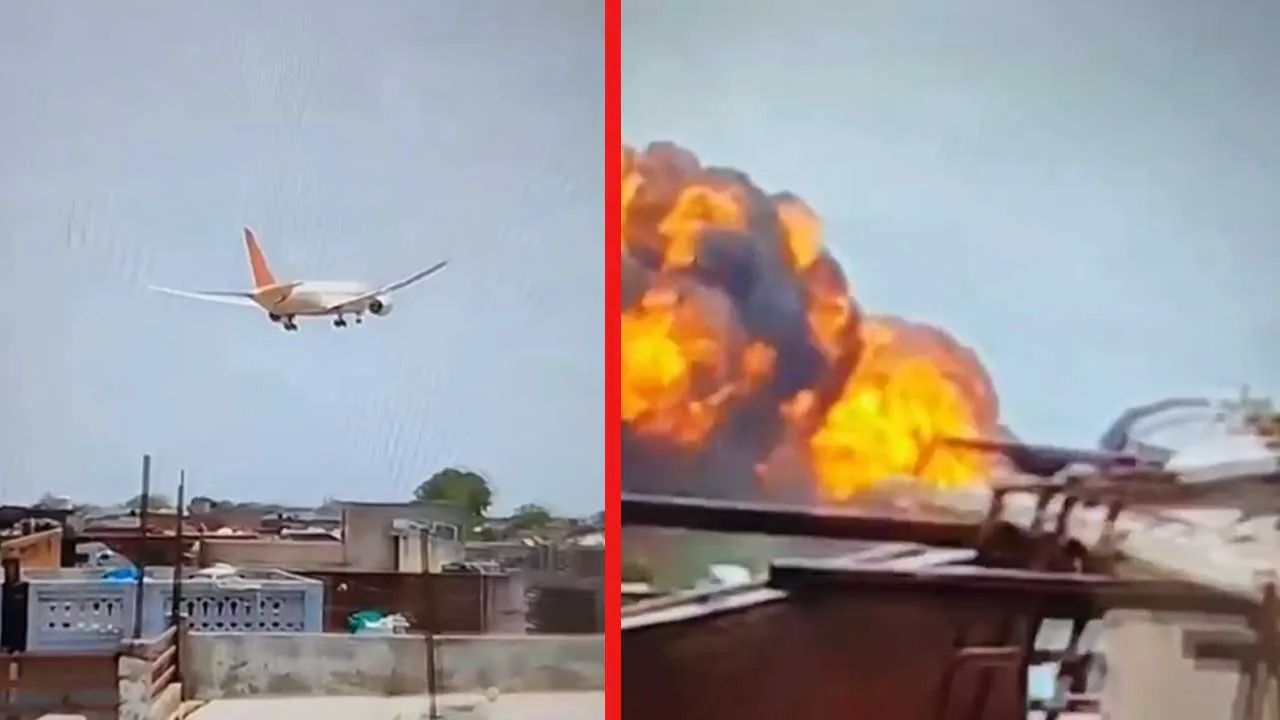
Air New Zealand is set to launch its most significant long-haul network expansion in years, adding over 34,000 seats to North America and increasing premium seat availability by 20,500 across its global routes from October 2025 to March 2026.
More Flights, More Comfort: North America in Focus
The airline will operate 8% more seats to North America than last year, with premium seating on these routes growing by 15%. Key gateways – Los Angeles, San Francisco, Houston, and Vancouver will see increased capacity and frequency from Auckland Airport.
-
Auckland–Los Angeles (AKL–LAX): Up to 12 weekly flights, 24,000 extra seats (+16%), including 6,800 more premium seats.
-
Auckland–Houston (AKL–IAH): Returns with 4,500 additional seats between January and March.
-
Auckland–Vancouver (AKL–YVR): Up to seven weekly flights, Boeing 777-300ER on peak routes, 25% more premium seats.
-
Auckland–San Francisco (AKL–SFO): Daily flights through mid-February, then six per week in March, with 1,800 more seats and a 21% jump in premium offerings.
Premium Experience Gets a Lift To meet rising demand for comfort, Air New Zealand will introduce up to seven newly retrofitted Boeing 787 Dreamliners by year-end, featuring upgraded interiors and enhanced passenger amenities. The move comes as international travel rebounds and premium cabins see strong demand.
Asia Network Also Expands
The airline is also boosting premium capacity on major Asian routes:
- Auckland–Taipei (AKL–TPE): Four weekly flights (up from three), 11,800 more seats (+27%).
- Auckland–Bali (AKL–DPS): 49% increase in premium seats.
- Auckland–Hong Kong (AKL–HKG): 3,700 more premium seats (+28%).
- Auckland–Shanghai (KL–PVG): 35% increase in premium seating.
Strategic Response to Strong Demand
Jeremy O’Brien, Chief Commercial Officer, highlighted that both business and leisure travel demand remain robust. “We’re responding with more premium seats and upgraded Dreamliners to deliver a superior travel experience on our most popular routes,” he said.
The refreshed Dreamliners will debut progressively across the network, with a focus on improved comfort and service, particularly in Business Premier and Premium Economy cabins.
Air New Zealand’s expansion underscores its commitment to premium travel and positions the airline to capture growing international demand through 2026.






















